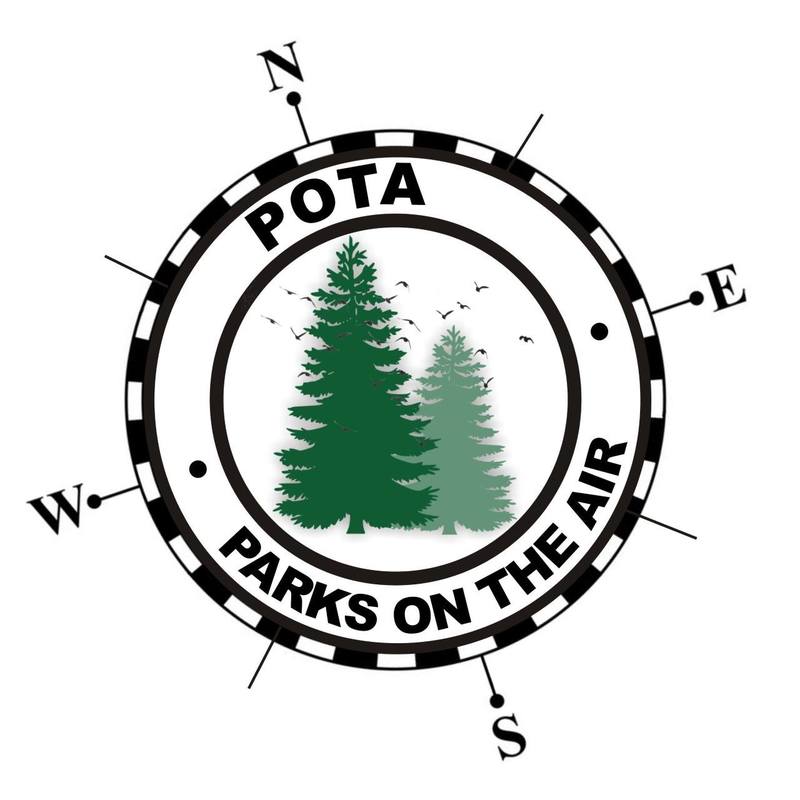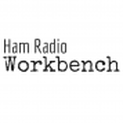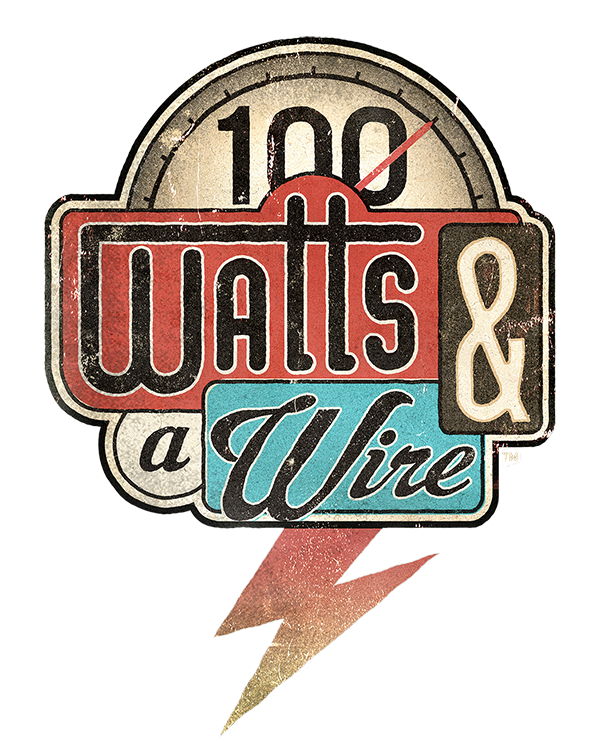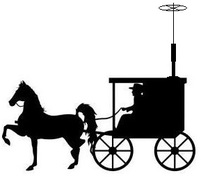|
In one of my recent posts (the one about my attic antenna) I mentioned my tendency to feel obligated to give things a try, especially if someone has advised me otherwise. I don't know if its just stubbornness, or if its the desire to see it for myself, but it does seem to be how I roll. Well, I've gone and done it again - this time with a portable antenna. If you know me at all, or if you've read other posts of mine, you're probably aware of my affinity for portable operations. My love of portable ops has introduced me to a great group of individuals, some of whom I volunteer with to help support Parks on the Air. The group of "tech admin" that work together to support the website, database, etc. for POTA meet virtually once a week to go over whatever things we need to, in order to support the effort. Because we're all hams, we often end up just "rag-chewing" a bit after we cover the "business" end of the call. During one of these chats, I happened to mention that I was disassembling a washer that had just gone bad so I could recycle the metal, and in the process, I ended up with this bit from a transformer: I joked with the team that I should unwind it and make antennas, seeing as there must be hundreds, if not thousands, of feet of this tiny enameled wire wrapped around it. One of the guys - Thom, W8TAM, suggested that it probably wouldn't work out that well, being so small and a solid wire. He's probably right - I can't imagine how many times this skinny, solid, wire could be flexed, kinked, etc. before breaking, but the trap was set. He inadvertently set me on a mission of "well now I have to find out....." So, now I have this: It's nothing fancy - just a random-wire end-fed with a counterpoise. The counterpoise I lay on the ground, and I think I cut it around 33ish feet or so. The antenna element (the one marked with the red tape) is cut at around 70 feet. Inside the box is a little 9:1 unun that I build a while back (I wrote about it here.) With my portable setup, I can tune this on pretty much any of the bands between 10 and 80 meters. Now that it's built, the interesting bit will be to see how many times it can survive being deployed and repacked - so far I'm up to 3. But hey, even it only lasts for half a dozen deployments, I've got a whole pile of it that I can just keep unwinding more from as it breaks :-)
0 Comments
One of the things that I enjoy in life is doing things that make other people happy. It's not out of some sense of altruism. It's quite the opposite actually - it's self-serving because it brings me a lot of joy to see someone happy, grateful, or excited about something, and to know that I had a part in the reason for their happiness. For me, this was the reason I decided to sponsor a plaque for the upcoming POTA "Support Your Parks" event. In addition, Brian - K0ATZ decided to sponsor one as well, so there are a pair of plaques at stake - one for "Individual Activator" and one for "Individual Hunter" during this Summer's 2 day event! "Support Your Parks" is a seasonal event, which happens 4 times a year - Spring, Summer, Fall, & Winter - for 2 days. The Summer 2018 event is on July 21st and 22nd (UTC). The main purpose for these 2 day events each season is to encourage portable activity in state / federal / provincial parks. The only "Rules" at play are the normal rules for the POTA program. If you'd like to try and earn one of the plaques available for this Summer's event, you'll also need to be certain to be a registered POTA user/member, and activators will need to be certain to submit their logs with enough time for their regional coordinators to upload them before 23:59 UTC on August 5th (regional coordinator contact info is available on www.parksontheair.com.) Have fun, and I hope to hear you in/from the parks!
Earlier this month (Fathers day weekend) our family took a trip to Cape May. Cape May is probably our favorite beach town, because it suits our style perfectly - it's a historic town, quiet, family friendly, and close enough to drive to, but far enough away that it feels like we really went somewhere. Usually there wouldn't be much "ham radio" related activity to write about in regards to these trips. Normally the most I do is make a couple contacts on the local repeaters from the beach, while the kiddos play in the sand. This time however, I decided to sneak in a quick POTA activation. Since POTA only requires 10 contacts for an activation, the family agreed to let me play radio while they poked around the museum and overlook platforms at the Cape May Point State Park. So, while the family spent some extra time enjoying the sites and sounds of Cape May Point, I parked under the shadow of the Cape May Lighthouse and made some contacts: During this activation, I had a thought. I'm not sure exactly what seeded it - but I suspect it was a conversation on the POTA Slack Channel that I had with W8TAM about QSL cards and lighthouses. I enjoy QSLing, but I don't normally do it for my POTA activations unless someone sends me a card first, because sometimes there's a pretty good pile-up, and the postage could add up if I tried to send them to everyone. I decided to do something as a fun middle-ground on my next few activations - since 10 contacts is what we need for a successful POTA activation, I'm going to pick up 10 post cards that are representative of the place I was activating, and then send those 10 post cards as QSL cards to the first 10 people to contact me on any given activation. With that thought - if you happened to be among the first 10 to contact me at K-1610, watch the mail for a card (probably with a picture of the Cape May Point Lighthouse on it!) Our trips to Cape May always feel short because time flies when you're having fun, and I can't think of a way to have more fun than to combine the beach, time with the family, ham radio, and an old-fashioned carnival on the lawn of the inn. (Do you think those strings of lights would make a good NVIS antenna?)
Post Contains Affiliate Links
A couple of weeks ago I pulled one of my on-going projects (the crowd-sourced one) off the pile and did a bit of work. To bring anyone up to speed who hasn't been following along, I've been working on a project using a Seahorse box that, in a previous life, housed electronics associated with my work. As I've been doing this, I've been getting input from my readers on each step along the way. Last time I mentioned that I was pulling out all of the old bits that wouldn't be needed, to get ready to put the new stuff in it. That left me with some holes:
The power jack I'm going to leave in, because I'll reuse that to connect the charger to the built-in battery (which I'm also re-using from this box's prior life.) This just left me with the other holes to contend with, and last time I promised that I would share my trick for doing that. Big reveal: Epoxy.
For something that will be painted or covered with something else, liquid epoxy is an easy way to fill in a hole. In a situation like this, I just cover one side with tape, sit the item up on end, and fill the void.
Once the epoxy dries you've got some fancy little windows. Hit them with a bit of paint, or cover them with a decal of sorts (like I'll be doing with this one) and you're back in business! P.S. If your YL has a little metal yard sign that you busted when you snagged it with the mower wheel, use any left-over epoxy to fix that too..... You may or may not be aware of the rift that happened towards the end of 2017 between the the WWFF and the individuals running the companion US program - KFF. If you are an active participant, it's old news, but others might not have any idea it even happened. Because of this, I wanted to share my take on the situation. 3 sentance summary: Any time people are managing a large program, there can be differences of opinions and ideas. How those difference are handled can range from elegantly to downright ugly, depending on which side of the fence you land on. At the end of the day, this split was simply different people with different ideas. From my viewpoint, what this all boiled down to was that while the global rules seemed to give some leniency to the member countries to adapt and modify rules to suit their own operators and awards, there were things that the US managers wanted to do, that the global program couldn't (or wouldn't) support. Unfortunately, when it comes to something as large as a QSO management system with over a million records, some future requests can be hard to anticipate, and therefore can be very difficult to implement, and differences of opinions on how to handle those requests can escalate quickly. What happened as a results, was that the primary stakeholders in the US program decided to split off and form an entirely separate program - POTA (Parks on the Air.) The old US program and the global program still exist under new leadership, but there were some rule changes that some individuals may or may not like, while the rules for the newly formed POTA program are nearly identical to those that many US hams became accustomed to with ARRL's 2016 NPOTA event. The most notable difference between POTA and it's predecessor, is that for a successful POTA activation, only 10 contacts need to be made, whereas it's predecessor requires 44. Additionally, the POTA program is being built to support some things that we came to love about NPOTA a couple years ago - trails, parks that cross state lines, and at some point in the future, 2fers! (and 3fers/4fers/etc.) So why write about this? I have two main reasons:
So why did I, a person that usually hangs back from this type of controversy, volunteer to help out? That's actually an easy one - I've been working on my Information Systems degree (I'll be done in 3 weeks!) and I thought this was an excellent opportunity to use some of the things I've been learning to get some real-world experience. Also, whatever disagreements there were between the US managers and the global managers arn't my business, and since I personally like the individuals starting the POTA program, I wanted to help them out! With all that said, here's my take on the two programs: I know there are some people that are very loyal to one program or the other - because of that, whenever I activate a park, I'll just be sending my logs to any groups that give location based awards, so that any chasers out there get the credit they are looking for. To me this is really not a big deal, because I already send my logs to multiple places when I activate. People chase all kinds of stuff - grid squares, counties, states, islands, summits, etc. If I can help a fellow ham reach a goal of theirs simply by emailing someone my log, or doing a simple upload - why wouldn't I? For my own personal motivation however, I will probably be paying much closer attention to how I perform in the POTA program, because at the end of the day it better suits my style and more closely resembles what I became accustomed to while doing activations for ARRL's 2016 NPOTA event (but with a lot more parks to choose from!) After all, with a busy schedule, a great family, and a sometimes intense travel schedule for work, it is much more appealing (to me) to have the option of sneaking out somewhere for 10 quick contacts, vs. debating whether or not I have the time, conditions, etc. to try to get in a full 44 contacts before the park in whatever city I end up in, closes. Anyway, I'll just wrap it up by saying that even though POTA and WWFF-KFF are now two completely separate things, I personally don't hold any grudges. A park is a park after all, and I'm more than happy to send my logs to whatever storage system chasers would like, to help them reach their goals!
73! One final note - comments are welcome as always, but my blog is a "safe space" and all comments are moderated. |
Categories
All
- N3VEM - Welcome to my Ham Radio Blog! This blog was started primarily to share my two concurrent shack builds - my mobile station and my home station. Over time, this has grown to include sharing about my operations, and general radio-related thoughts that I have as a newer operator. Proving that hams do indeed still build stuff!
100 Watts and Wire is an awesome community, based around an excellent podcast.
Archives
September 2020
|
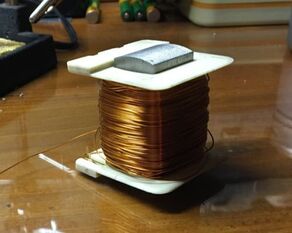
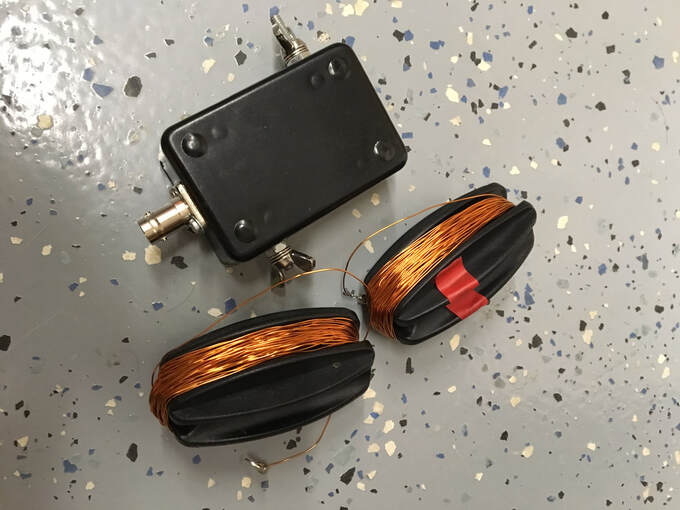

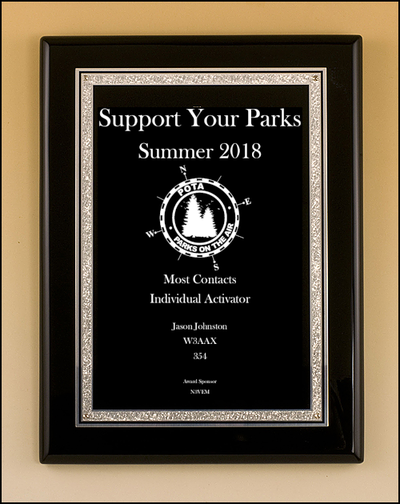
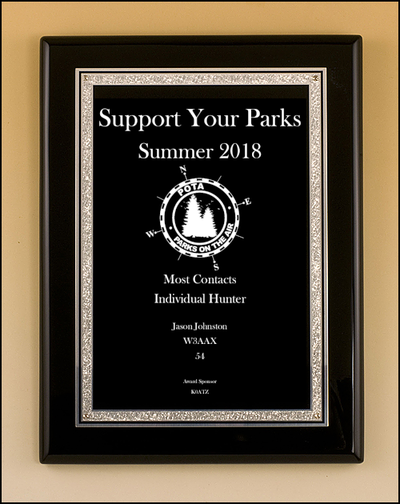
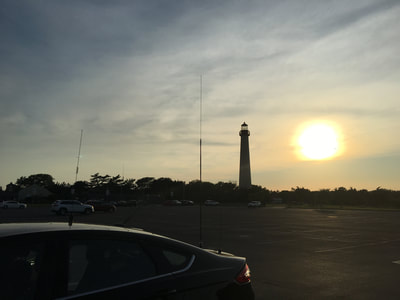
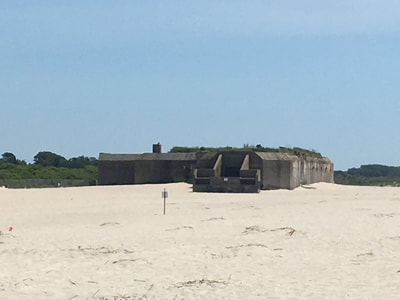
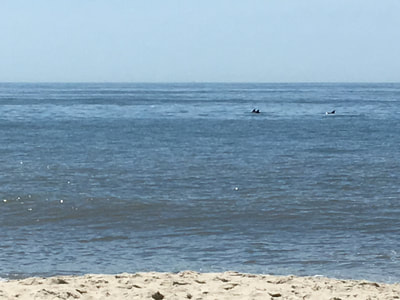
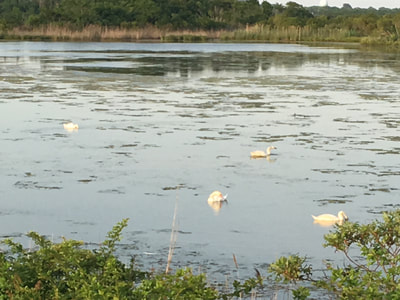

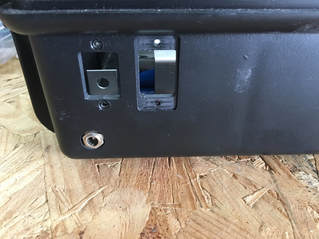


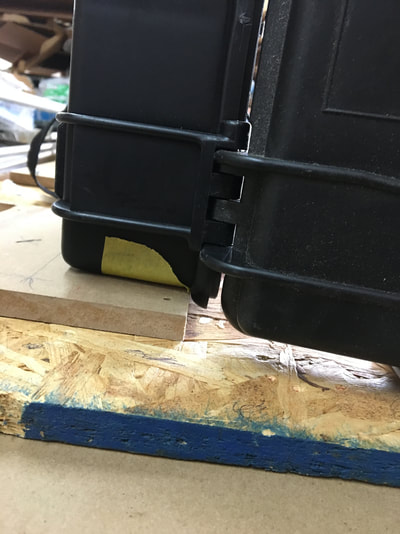
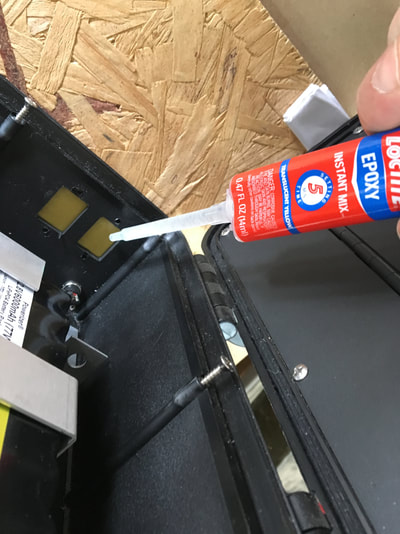
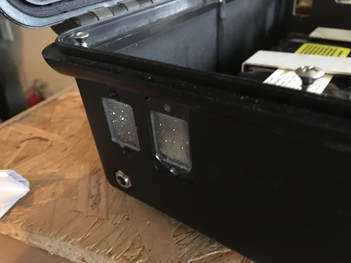
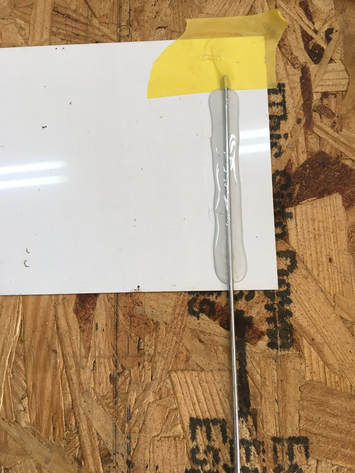
 RSS Feed
RSS Feed
